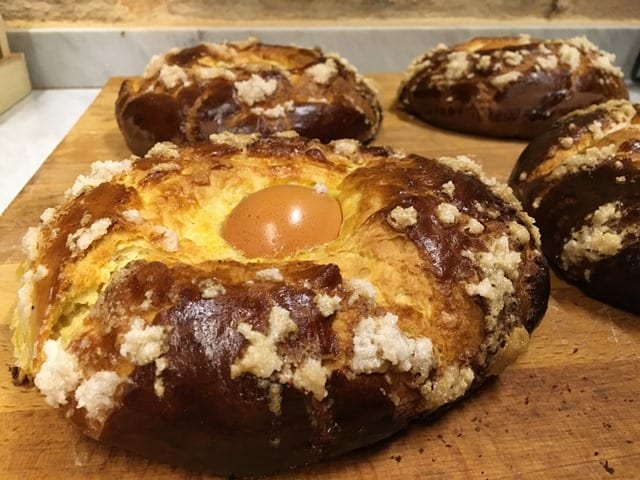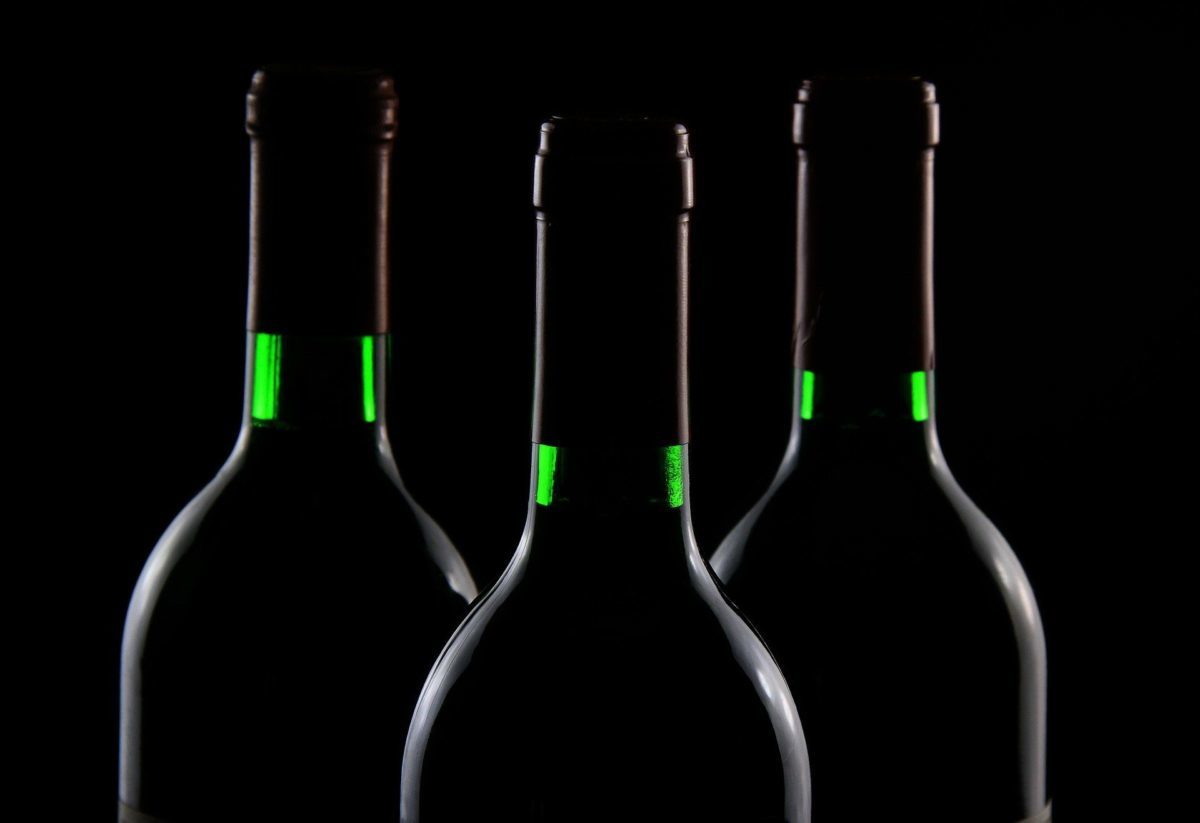The Mona de Pascua is a typical sweet of Holy Week which is consumed in various regions during this celebration. It is mainly celebrated in countries with a Christian tradition such as Spain, Italy and some Latin American countries. Furthermore, in some areas of these countries it has special importance, such as Catalonia. One of the most characteristic elements of these cuties are the chocolate eggs that decorate them, but what is their origin?
The tradition of eggs in Easter Monas has its roots in ancient customs that celebrated the arrival of spring and fertility. In European pagan cultures, eggs were a symbol of rebirth and new life. It is believed that the ancient Egyptians, Persians and Romans exchanged decorated eggs as gifts during the spring equinox. This custom was part of rituals that marked the beginning of the planting season and the rebirth of nature.
With the arrival of Christianity, many of these traditions were adopted and adapted to religious celebrations. In the Middle Ages, the Church prohibited the consumption of eggs during Lent, so families kept the eggs laid by their chickens and boiled them to preserve them. Once Lent was over, eggs were decorated and consumed as part of Easter celebrations.
The Easter eggs when the chocolate arrived
Chocolate, on the other hand, came to Europe from America in the 16th century and quickly became popular as an exotic delicacy. Over time, chocolate was incorporated into Easter celebrations. Chocolate eggs became a delicious alternative to boiled and decorated eggs.
Nowadays, Monas de Pascua have become a tradition rooted in many cultures, and chocolate eggs are an essential element in their preparation. From solid eggs to the most sophisticated surprise-filled ones, chocolate eggs add a sweet and festive touch to these Easter delights. With all this, the ancestral tradition of celebrating the arrival of spring and rebirth is kept alive.







